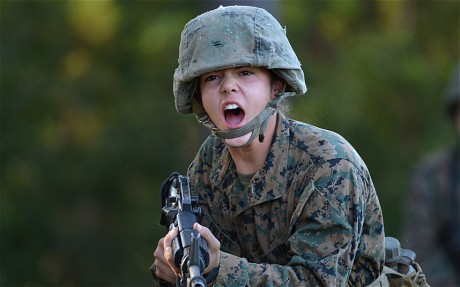
Lack of accountability for grave crimes by both sides since 2013 has fuelled the current conflict. In November, UN Special Advisor on the Prevention of Genocide Adama Dieng said the ongoing violence had transformed the conflict into an “ethnic war” and warned of a “potential for genocide.” Taban Deng Gai, as first vice president, prompting Machar’s group to call for a return to war. President Kiir then appointed a former ally of Machar, Gen. In July, clashes in the capital, Juba, caused Machar to flee the country.

In December 2015, President Kiir dissolved South Sudan’s 10 regional states and created 28 new states, fueling conflict in many areas.Īlthough the two sides formed a national unity government in April 2016, following the August 2015 peace agreement, they continued to fight in various locations. The conflict began in December 2013 when soldiers loyal to President Salva Kiir, a Dinka, and those loyal to former Vice President Riek Machar, a Nuer, fought in the capital following months of growing political tensions. Those left behind, including people with disabilities, have faced serious abuses.

An additional 200,000 people were forced to flee their homes, bringing the total displaced to 2.4 million.

Government soldiers killed, raped, and tortured civilians as well as destroying and pillaging civilian property during counterinsurgency operations in the southern and western parts of the country, and both sides committed abuses against civilians in and around Juba and other areas. South Sudan’s civil war, which began in December 2013, continued in 2016 with serious abuses against civilians by both government forces and opposition fighters despite a peace agreement signed in August 2015.


 0 kommentar(er)
0 kommentar(er)
